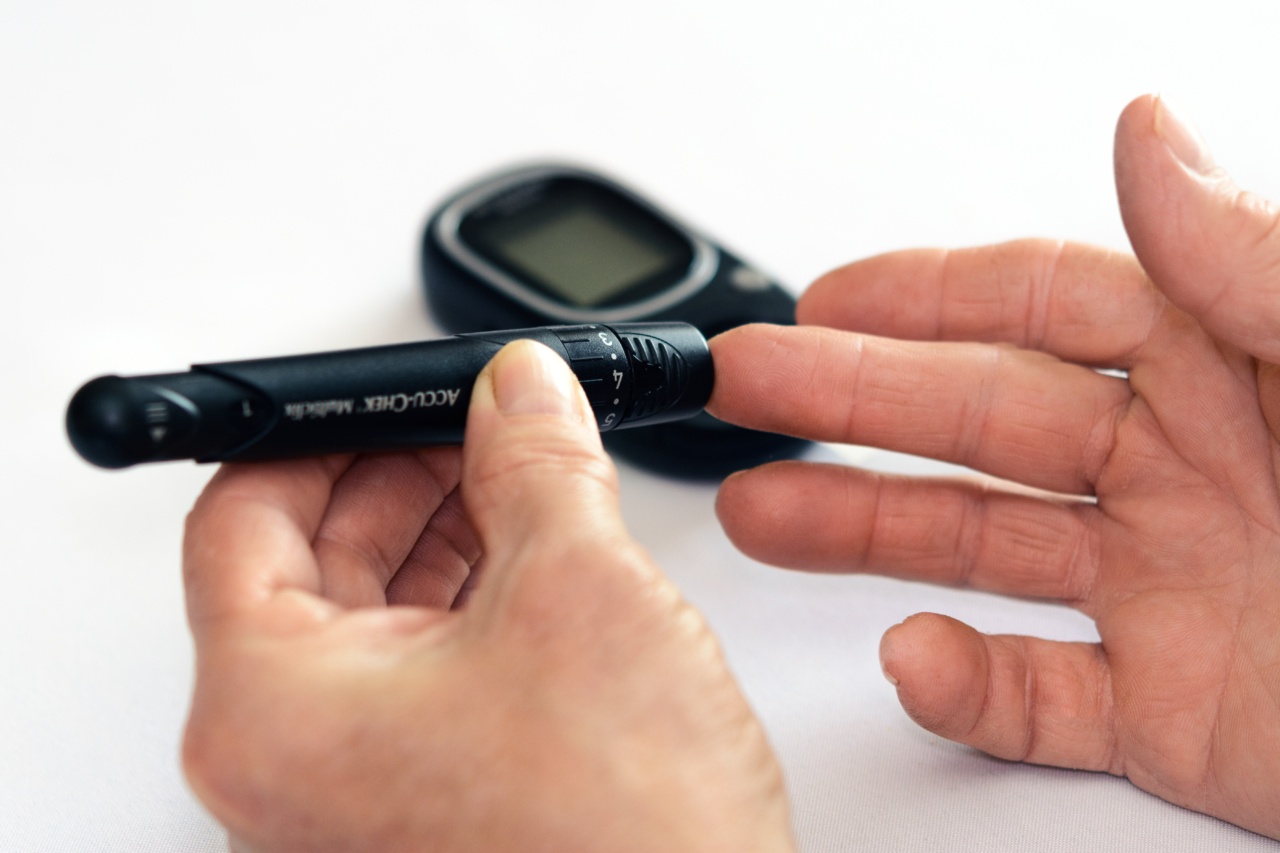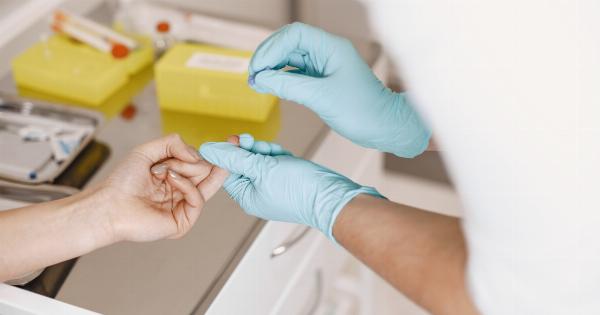Diabetes is a chronic disease that affects millions of people worldwide. It is characterized by high levels of sugar in the bloodstream, which can cause a range of health problems.
One of the lesser-known side effects of diabetes is the impact it can have on the toes and fingers. In this article, we will explore the link between toe or finger problems and diabetes, as well as the potential complications that can arise.
What is Diabetes?
Diabetes is a metabolic disorder caused by a lack of insulin, which is a hormone that regulates blood sugar levels in the body.
This can happen because the pancreas does not produce enough insulin, or because the cells in the body do not respond to insulin as they should. As a result, glucose builds up in the bloodstream, leading to a range of health problems.
The Relationship between Diabetes and Foot or Finger Problems
Diabetes can cause a range of foot or finger problems because it can damage the nerves and blood vessels that supply these areas. This can result in decreased blood flow and reduced sensation, making it harder to detect injuries or infections.
Peripheral Neuropathy
Peripheral neuropathy is a term used to describe nerve damage that occurs in the peripheral nervous system, which connects the brain and spinal cord to the rest of the body.
In people with diabetes, high blood sugar can cause damage to the nerves, particularly in the feet and hands. This can lead to a range of symptoms, including numbness, tingling, pain, and weakness. In severe cases, peripheral neuropathy can lead to loss of sensation, making it easier to injure feet or hands without realizing it.
Blisters, Sores, and Wounds
People with diabetes are also more prone to developing blisters, sores, and wounds on their feet or hands. This is because high blood sugar levels can weaken the immune system and impair the body’s ability to fight infection.
Additionally, people with diabetes may not feel pain or discomfort when a blister or sore develops, making it harder to detect and treat. If left untreated, these wounds can become infected and even lead to amputation.
Circulation Problems
High blood sugar can also damage blood vessels, leading to reduced circulation. This can result in slower healing times for wounds and reduced sensation in toes or fingers.
People with diabetes are also more susceptible to developing peripheral arterial disease, which can cause severe foot or finger pain, especially during exercise or walking.
Complications of Toe or Finger Problems in Diabetes
If left untreated, toe or finger problems in people with diabetes can lead to a range of complications, including the following:.
Infections
Because high blood sugar levels can weaken the immune system, people with diabetes are more vulnerable to infections than the general population.
Open sores or wounds on toes or fingers can easily become infected, particularly if they are not treated promptly or properly. If an infection is left untreated, it can spread to other parts of the body, leading to serious health problems.
Amputation
If foot or finger problems in people with diabetes are left untreated, they can lead to serious complications, including the need for amputation.
This is because reduced circulation and nerve damage can cause slow healing times for wounds, increasing the risk of infection. In severe cases, amputation may be the only way to prevent the spread of infection to other parts of the body.
Preventing Toe or Finger Problems in Diabetes
Preventing foot or finger problems in people with diabetes is essential to minimizing the risk of complications. Here are some tips to help prevent toe or finger problems:.
- Maintain optimal blood sugar levels
- Inspect feet or hands daily for signs of blisters, sores, or wounds
- Wear properly fitting shoes with good support
- Keep feet or hands clean and dry
- Trim nails carefully to prevent injury
- Avoid smoking
Conclusion
Diabetes can lead to a range of foot or finger problems, including peripheral neuropathy, blisters, sores, and wounds, and circulation problems. If left untreated, these problems can lead to serious complications, including infections and amputation.
People with diabetes can take steps to prevent these problems by maintaining optimal blood sugar levels, inspecting feet or hands daily, wearing properly fitting shoes, and keeping feet or hands clean and dry.



























